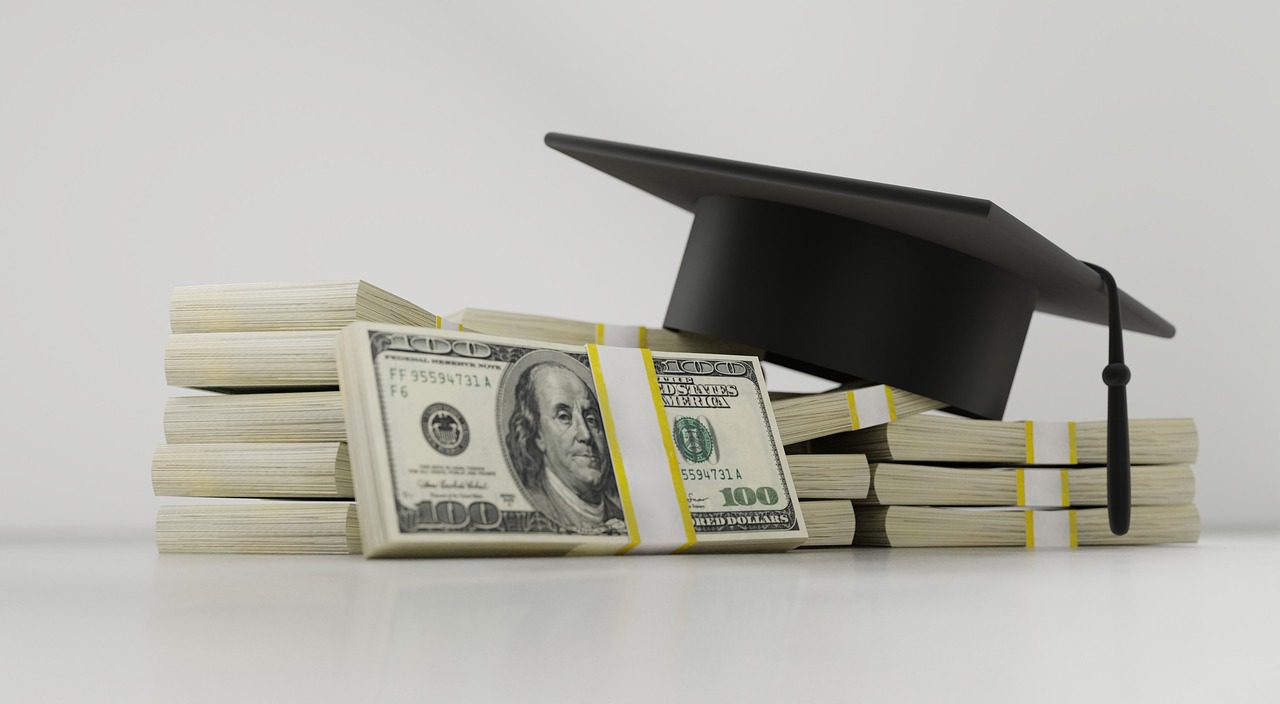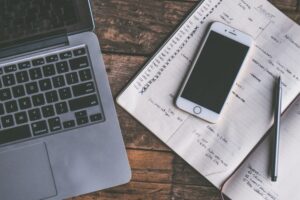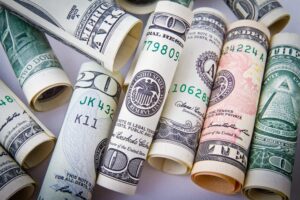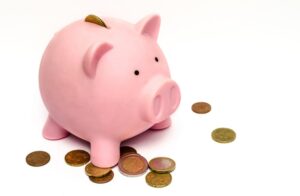There have been a lot of concerns about the effect that student loan debt has on so many Americans.
And it’s an issue that’s only gotten worse recently due to the covid pandemic, which made it hard for people to earn money, as well as the collapse of several for-profit colleges.
Student loan forgiveness has become yet another divisive political issue in the U.S. Some think the government should help students pay back their loans no matter their situation. They believe everyone should get help, not just those who work specific jobs or were defrauded by their college.
Others disagree. Below we provide an overview of student loan forgiveness, so you know what to expect.
What Is Student Loan Forgiveness?
You may be eligible to have the balance of your federal student loans forgiven, canceled, or discharged in certain situations. Borrowers who qualify for student loan forgiveness are released from the obligation to repay all or a portion of their federal student loan debt.
Many take out these student loans to pay for their postsecondary education. Some borrowers may be eligible for loan forgiveness because of their employment in certain public service, educational, or military professions. However, this option is only available for certain types of loans.
How Does Student Loan Forgiveness Work
Loan forgiveness is the elimination or forgiveness of a debt (or a portion of a debt) that relieves the borrower of the obligation to repay it. Although any student loan can theoretically be forgiven, student loan forgiveness generally applies to loans issued or guaranteed by the United States government.
This represents 92% of all student loans in the country. In other words, even if the loans are earmarked for students, the widely publicized forgiveness programs do not apply to privately issued loans, such as those from a commercial bank or lenders like Sallie Mae.
Borrowers may be able to have their loans forgiven or canceled in some cases. Individuals seeking loan forgiveness must apply and may be required to continue making payments until their application is approved.
While many borrowers would like to pay off their student loans, few can do so due to strict eligibility requirements. The requirements vary depending on the type of loan, but most offer forgiveness only to those working in specific public service occupations. Teachers, government employees, military members, and AmeriCorps members are among them.
Furthermore, not all federal loans are eligible. Direct loans, Stafford loans, and Federal Family Education Loans are the most common types of student loans eligible for forgiveness (FFELs). Student loan borrowers can also choose repayment plans that include the discharge or forgiveness of some of their debt.
How Does Student Loan Forgiveness, Cancellation, And Discharge Differ
The terms forgiveness, cancellation, and discharge are nearly synonymous, but they are used in different contexts.
If you are no longer required to make loan payments because of your job, this is known as forgiveness or cancellation. If you are no longer required to make loan payments due to other circumstances, such as total and permanent disability or the closure of the school where you received your loans, this is known as discharge.
Updates on Biden Administration’s Loan Forgiveness Program
In August, President Biden announced a loan forgiveness program for those earning less than $125,000 per year ($250,000 for households).
The program will allow people who qualify to get up to $10,000 in federal student loan forgiveness. Pell Grant recipients can get up to $20,000 of debt forgiven.
In November, a judge in Texas ruled the program was “unlawful,” leaving many borrowers in limbo. The Biden Administration has appealed the decision, but it’s unclear how long that process will take.








